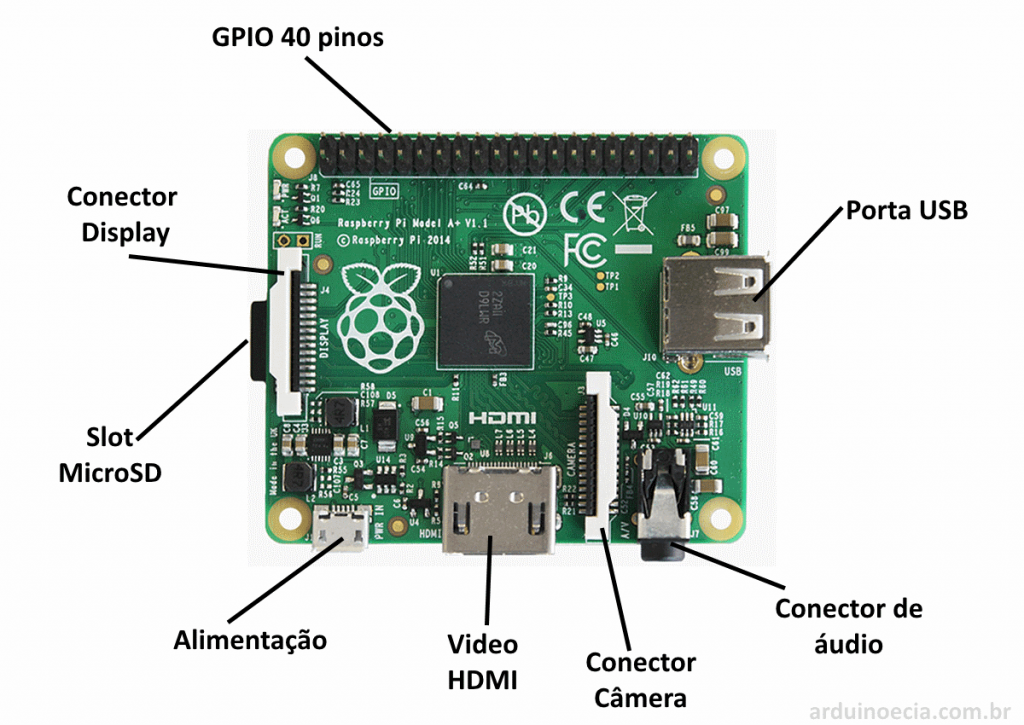

In order to make the website available with the external IP, the router must be configured to allow outside traffic on port 80. Option 3 Use Ngrok to forward localhost to a URL, but keep in mind they can only support a small number of simultaneous connections. They take run a background program that checks your dynamic IP every 5 minutes, then updates the DNS when it changes. Some allow static IPs to be purchased online for business uses, but others may not allow it at all for residential locations. Option 1 Call you ISP and request a static IP address. What we really need is a static IP - here are a few potential options: This is not good for websites because it means the DNS will need to be updated whenever the IP changes. In all likelihood, your Internet Service Provider (ISP) has given you a dynamic IP, which means it will change on a regular basis. Static IPįirst, determine your external IP. For that, we need to expose the app the Raspberry Pi’s external IP address. We can view the app using our internal IP on the private network, but that’s not useful for people who want to access the website from the outside world or Internet. Setup your hardware and use the NOOBS to install the Raspberry Pi OS flavor of Linux. I recommend purchasing it as a kit with all the necessary accessories. In order to follow along, you’ll need a Raspberry Pi. It’s not going to scale like the Cloud, but you’ll learn how to turn this little piece of hardware into a real web server. The RPi will serve the default webapp with NGINX, then make it available on the Internet via the network’s local router. The following tutorial demonstrates how to host a website from the Raspberry Pi 4. Now imagine you’ve just been kicked off the cloud… where do you go? The Internet is still an open platform, but you’re faced with the ugly prospect of a reverse cloud migration back to on-prem physical servers. Whether you agree or not, it was within Amazon’s legal rights to make this move. AWS recently banned Parler from it’s cloud platform, effectively destroying its 10M user app with the flick of a switch.


 0 kommentar(er)
0 kommentar(er)
